|
I’ve just returned from Uganda, where I visited Karamoja, a region in northern Uganda where Children on the Edge has begun to replicate our successful Child Protection Team model. Children here are living on the edge of society, with little support. Read about how we're supporting communities here to better protect their children. Travelling with colleagues from our sister organisation, Children on the Edge Africa, I visited Napak district, one of seven in Karamoja, an 8 hour drive from our offices in Jinja. It’s an area that we deemed very at risk after speaking with communities here last year. Within Napak, we’re working in one sub-county, called Lokopo, where we have set up six new Child Protection Teams, based on our successful model used in Jinja, to transform communities and make them safer for children. Children in Napak are in desperate need of protection, living on the edge of society, with little support from other agencies and unable to rely on help from local police or government structures. Endemic poverty puts them at risk of child neglect, trafficking, and exploitation. Young girls are married off and many children run away to escape hunger, insecurity and violence at home. People live in small villages, which are spread over a large rural area. These villages are made up of a few families, living in huts, fenced off in small homesteads. People are hungry, and struggle to grow enough food to eat in this hot desert-like area. Much of the land is given over to cattle, but these communities live in fear of cattle raiders, who destroy villages and take livestock, arriving with guns. It’s too dangerous for people to move around outside after 4pm and if villagers hear that raiders are near, they have to move on immediately, leaving only with what they can carry. Over the last decade, our Child Protection Team (CPT) model has proven that community owned work brings transformation and creates protective environments for the most vulnerable children in Jinja. We wanted to replicate this model in Karamoja to bring these benefits to people here, where it is so desperately needed. We started last year by building relationships with local communities, which included teachers, along with cultural, religious and opinion leaders and helping communities to recognise the value of their children, and to learn about their rights. The team at COTE Africa have been working with two inspiring people, Maureen and Edrine, both from Karamoja, who have been pivotal in setting up the teams. They have been building relationships with people in the area and helping communities recognise the value of their children and learn about their rights. The new Child Protection Teams are made up of representatives from each village, and will be supported to create protective environments for the children living in their communities, tackling abuse and neglect to help keep children safe. You can read more about why we’re working in Karamoja and the challenges they face here >> It was clear from my visit that these teams are active and really engaged, making huge progress already, just months after being formed. When I arrived in Napak, I was warmly welcomed with songs and dances, and was able to watch several ‘dramas’ that the communities had put on, organised by the new Child Protection Teams. The teams have been hosting workshops for community members - who turn up in their hundreds - aimed at showing parents and caregivers how to protect their children, prevent child marriage and abduction, and improve health and hygiene. The drama’s were organised to showcase what people had learnt and bring the topics to life. They were delivered with humour and whole communities came out to watch and enjoy them, a great example of how well the new Child Protection Teams had been raising awareness within the community about child protection issues. As a result of their growing understanding of health and hygiene issues, communities have been inspired to build latrines. After learning the principles of what is required and using their own creativity and skills to build them, 92 have been built across the villages in Lokopo so far. Communities have built them in the same style as their huts, making the most of the building techniques they know. Our approach in Karamoja, as with all our programmes, is to work alongside communities and build strong relationships that enable sustainable transformation and development. By ensuring communities are empowered to own and invest in their own futures, we see real, lasting change that continues long after we are gone. One community member told me:  “We see other aid agencies from afar in the towns, but you are the first people that have come and ask us about our lives and challenges.” I’m excited to see how the teams continue to work with their communities, raising awareness and finding solutions together.
On leaving Napak, I spotted a sign on the highway that read: ‘Don’t sell your children, send them to school’. A pertinent and serious reminder of the issues we’re hoping to tackle in Karamoja. We have a long way to go, but I’m hopeful for change. Support us
0 Comments
Your comment will be posted after it is approved.
Leave a Reply. |
RECEIVE OUR EMAILSBlog Categories
All
Archives
July 2024
|
|
JOIN US ON SOCIAL MEDIA
|
Annual Report | Contact Us | Jobs | Media Centre | Resources | Shop
Accessibility & Policies: Accessibility | Equity, Diversity & Inclusion Policy | Complaints| Privacy Policy | Safeguarding
Accessibility & Policies: Accessibility | Equity, Diversity & Inclusion Policy | Complaints| Privacy Policy | Safeguarding
Children on the Edge, 5 The Victoria, 25 St Pancras, Chichester, West Sussex, PO19 7LT, UK | 01243 538530 | [email protected]


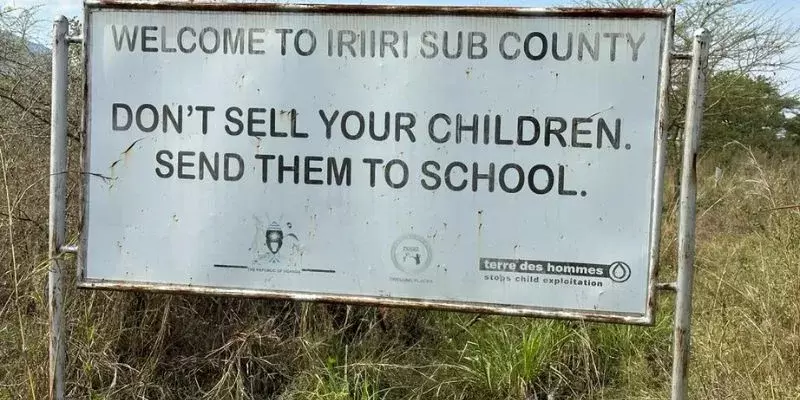

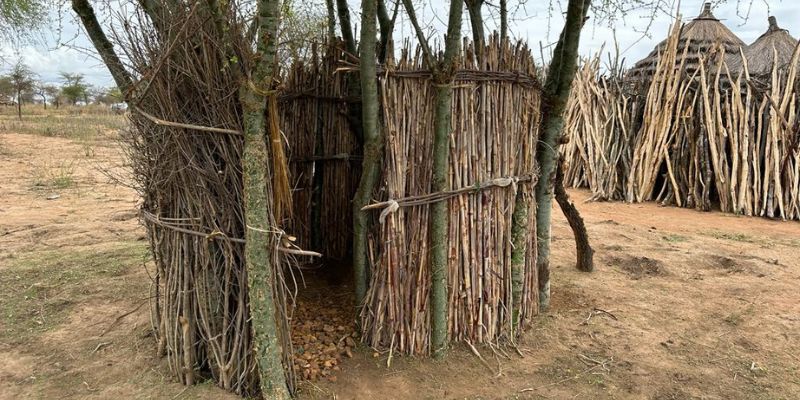
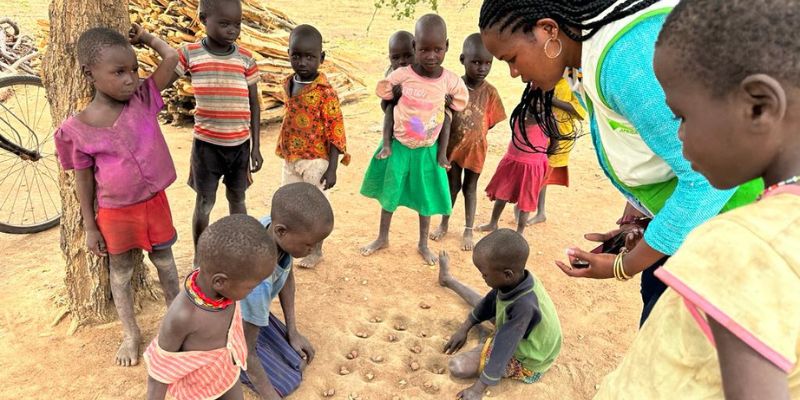
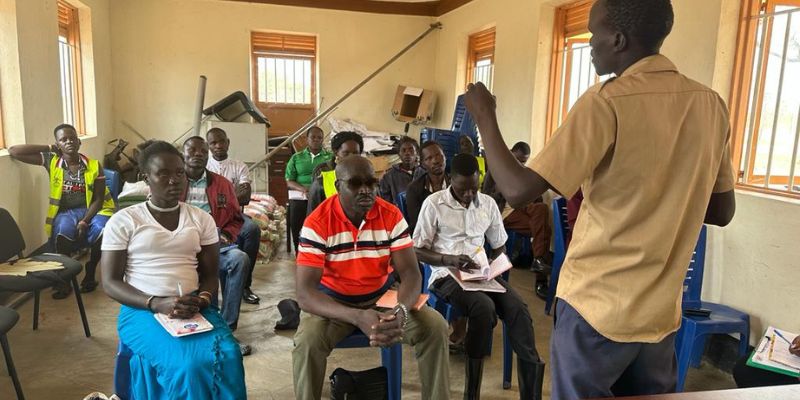
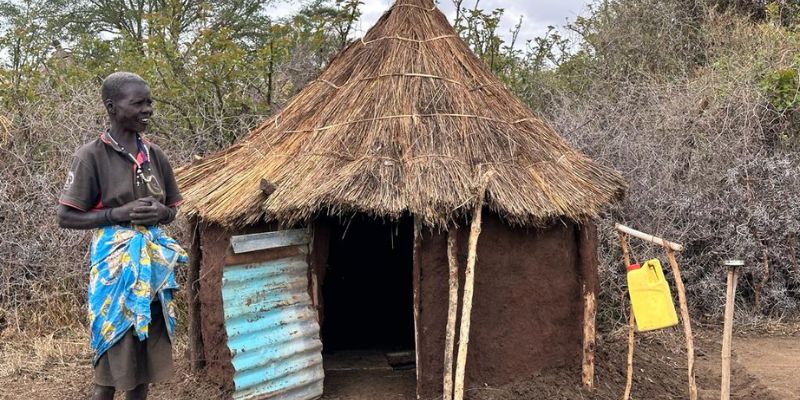
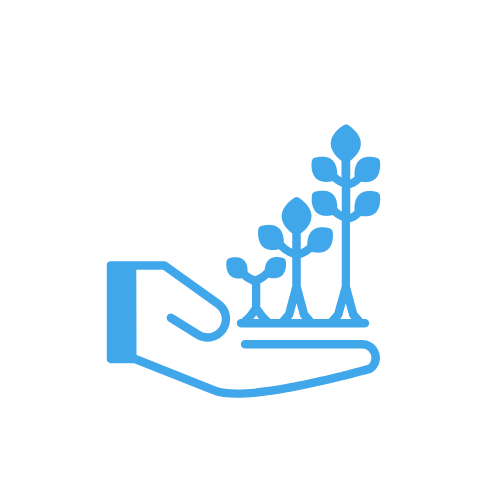 Give monthly
Give monthly Fundraise for us
Fundraise for us RSS Feed
RSS Feed
